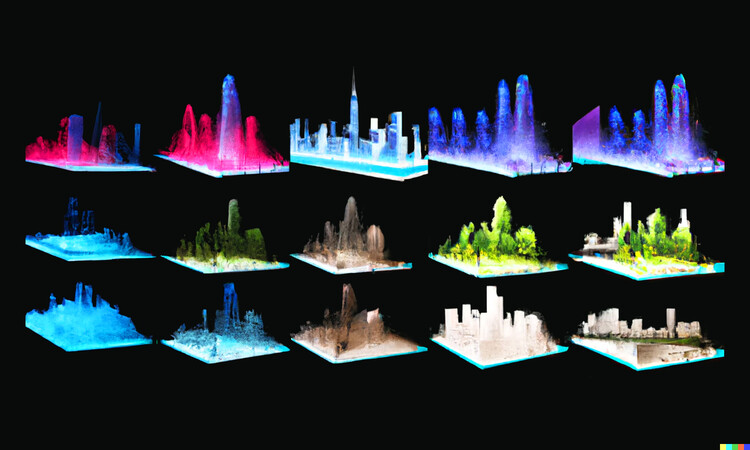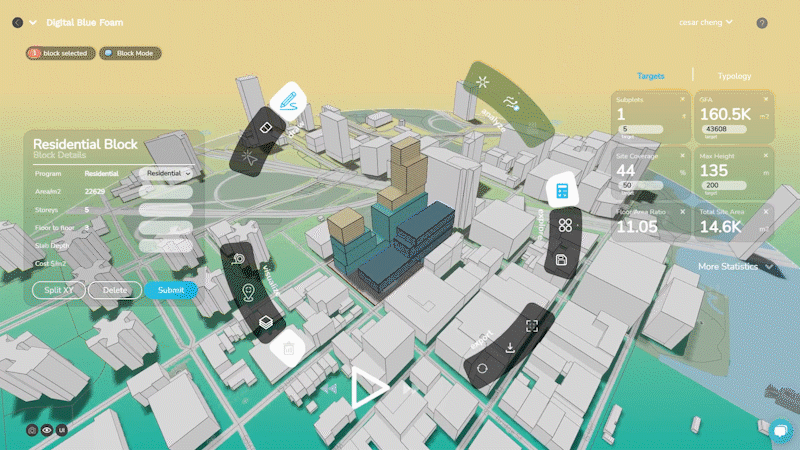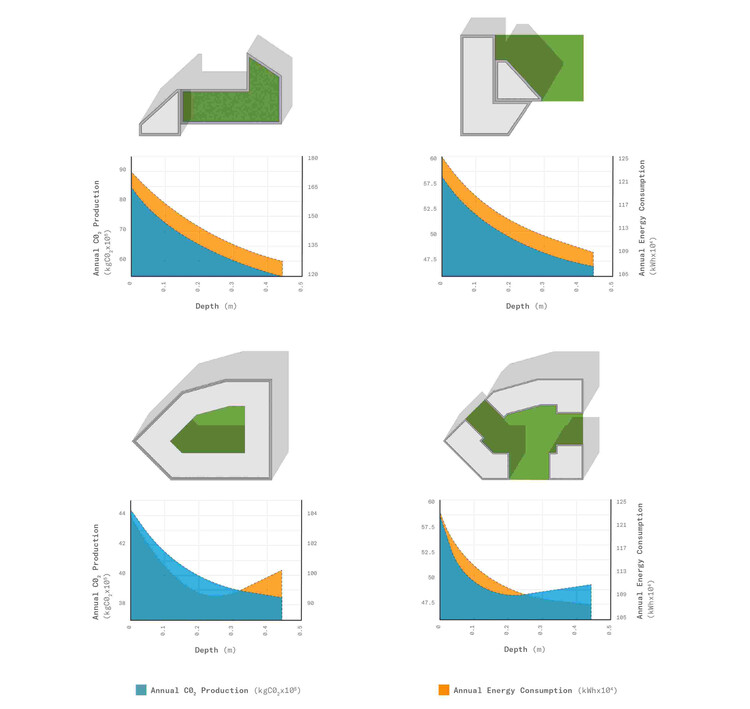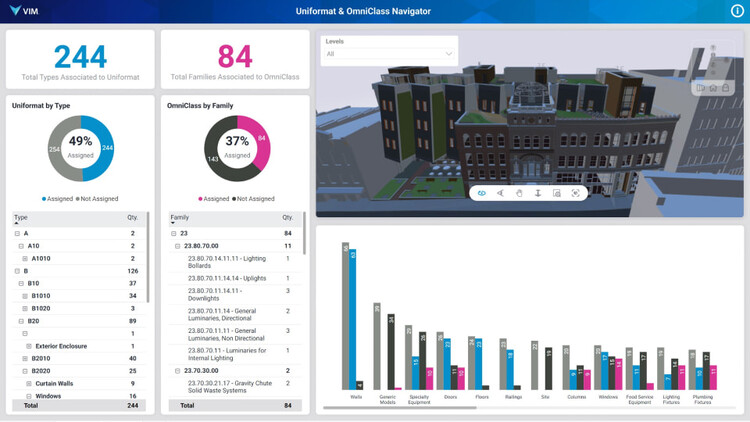Data-Driven Architecture: Delving into 4 Building Information Tools

Architecture is a multifaceted discipline influenced by diverse sources of data and information, which play a fundamental role in shaping architectural production. In the past, horological instruments like the sundial were used to obtain data, such as time, and gain knowledge of solar incidence at different times of the year and geographical locations. This made it possible to determine the optimal orientation of buildings, resulting in benefits such as better use of sunlight and greater thermal comfort.
Although cultural, social, and even religious factors can influence architectural design, quantitative factors are especially relevant when making decisions in the early stages of the creative process, during construction, and throughout the life cycle of a building. Therefore, it is important to collect and process relevant information, such as location, solar incidence, occupancy capacity, occupant interactions, energy performance, and carbon emissions, among other aspects.

Today, technological advances, such as Artificial Intelligence (AI) and machine learning, have transformed architecture by providing generative design tools and new ways to collect, process, and interpret information, including simulations to generate test scenarios and make comparisons between them. These tools enrich the design and operation process with accurate data, driving the evolution and development of architecture. For this reason, we have selected some tools and platforms that demonstrate the possibilities of applying building information and data software in architecture, taking advantage of technological innovations.
Digital Blue Foam
The Singapore-based technology company develops AI-powered software products for architecture, urban planning, and construction organizations using its core technology: the DBF Engine. They have created Urban Insights, a web-based tool for urban rapid prototyping. It works by ingesting multi-source data from open and proprietary data sources and allows design teams and organizations to generate urban scenarios and compare the quality of different locations. DBF collaborates with experts such as Carlos Moreno, the mind behind the 15-minute city concept, and institutions like the Bern University of Applied Sciences to ensure rigorous scientific scrutiny of project analysis.


Sefaira
This is a tool for early-stage analysis, aiming to enhance building performance. Sefaira brings insightful simulations to the conceptual design phase, including HVAC sizing, daylighting, thermal comfort, energy use, and carbon emissions, while also measuring the potential impact of renewable systems. It generates results powered by analysis engines within minutes. By modeling simple geometries in SketchUp, users can run analyses to compare massings, layouts, and envelope options to shortlist the right concepts. As a cloud-based platform, it allows teams and cross-company collaboration on shared projects to review analysis outcomes.


Spaceflow
It is a mobile app for tenants and an administration dashboard for landlords, designed to manage smart building functions, space reservations, maintenance, communications, community activities, and other features –all in one platform. The goal of Spaceflow is to transform the way users engage with the buildings they live and work in. Its application is for commercial and residential buildings to attract and retain users, gathering vital insights into occupier expectations and preferences, optimizing resources, streamlining repetitive, time-consuming operations, and creating a community. Spaceflow digitalizes all tenant-facing operations, enabling smart building functions, and helping in-building communities thrive.


VIM
VIM bridges the gap between BIM software and data visualization, transforming intricate BIM data into actionable, real-time analytics. With services such as VIM Cloud, which provides automated PowerBI reporting, and VIM Enterprise, which enables comprehensive BIM data management and customization, construction professionals can access, visualize, analyze, and share their data with precision. VIM offers insights for everyone, ranging from ESG sustainability assessments to quantity take-offs across various fields. Furthermore, it’s not only in the construction industry that VIM can be applied; companies in the software sector and retail can also use it to streamline their building analytics processes.


Technological advances and architecture are not opposing concepts. Just as in the 20th century, when architects adopted new construction systems such as steel, today entire generations of architects have mastered tools like computer-aided drafting (CAD). It is natural and encouraging to witness the development and consolidation of technologies that mark a turning point in the evolution of architecture and how new generations of architects, such as Generation Alpha, will possess an unprecedented ability and access to consume and process information. Meanwhile, with every technological advancement, we are presented with fresh perspectives to effectively address current and future challenges.




